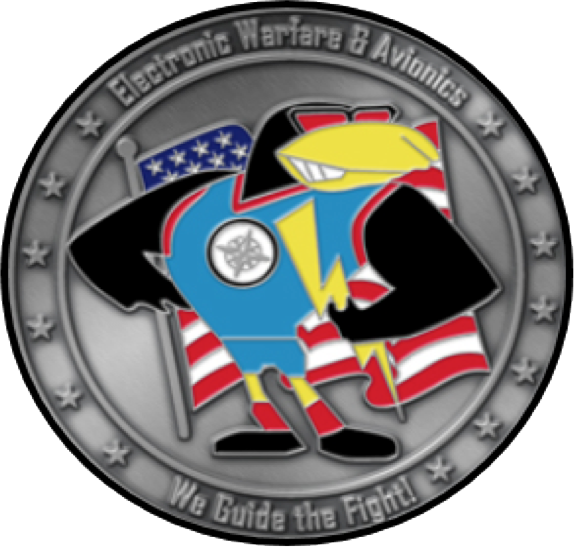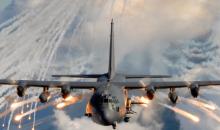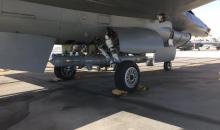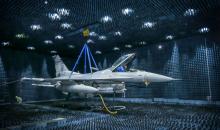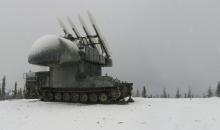Full Core Competency Listing
(1) Basic and applied research, exploratory, and advanced development of RF, MMW, IR, EO missile sensors, ultraviolet and acoustical airborne and ground sensors, and guidance and control systems (including simulation and modeling for design and performance predictions of the complete missile weapon system).
(2) Basic and applied research, exploratory, and advanced development of phenomenology analysis tools, measurement methodologies, and instrumentation implementation techniques related to natural and man-made environments.
(3) Materials and electronics manufacturing technology to meet the unique requirements of missile system environments for portable, air, and ground-launched applications.
(4) Advanced electronics design and packaging for very compact, high performance signal processing, automatic target recognition, and guidance and control subsystems.
(5) Next generation photonics components and subsystems for radar control.
(6) Computer and physical modeling and analysis of threat systems/subsystems based on sensor spectrum, missile-target geometry, and natural and man-made environmental features.
(7) Performance analysis, simulation, and modeling of weapon and sensor interactions.
(8) System accessibility, susceptibility, and vulnerability analysis, modeling, and counter-countermeasure development.
(9) Missile endgame modeling and analysis.
(10) Hardware-in-the-loop, hybrid, and real-time simulation and analysis of major Army missile systems.
(11) Independent evaluation, modeling, and testing of ballistic missile defense phased-array radar systems at the system, subsystem, and component levels.
(12) Analysis, modeling, and development of adaptive digital beamforming techniques and technologies for missile defense applications.
(13) Prototype and proof-of-principle hardware design and development, including component test fixtures and advanced technology subsystems and systems for missile defense systems.
(14) Basic and applied research, exploratory, and advanced development in generic databases, networks, software engineering, telecommunications, and information infrastructure.
(15) Technical and software developmental activities associated with the Digital Infrared Seeker and Missile Simulation/Georgia Tech Synthetic Imaging simulations (DISAMS/GTSIMS) family of IR missile and systems models.
(16) Applied research in technologies affecting sustainment decision processes, secure communications, and communication systems.
(17) Analysis, systems engineering, integration, and rapid cyber tool development to address defensive/offensive cyber operations and cyber mission assurance requirements.
The core competencies map to the Technology Groups as follows:
Electromagnetics, Materials & Device Technology (1, 2, 3, 4, 5, 12, and 15)
Analysis, Modeling, and Simulation Engineering and Technology Development (11, 13, and 16)
Threat Systems Research & Development (6, 8, and 9)
Sensors, Weapons, Electronic Warfare and Autonomous Systems (1, 7, and 13)
Cyber Security, Information, Communication, Command and Control and Software Systems (14, 16, and 17)
Test & Evaluation (10 and 11)
